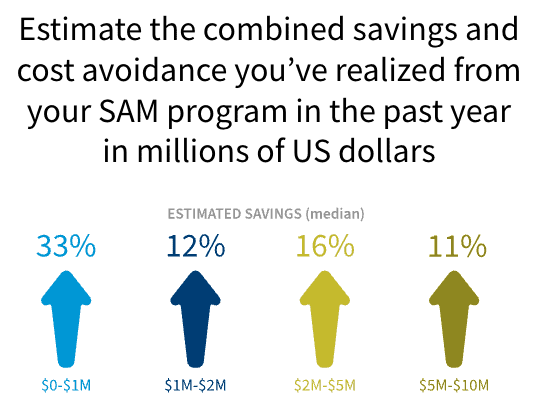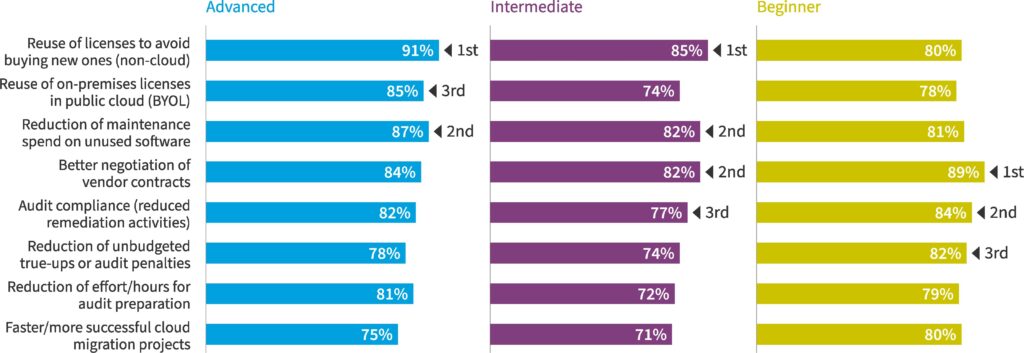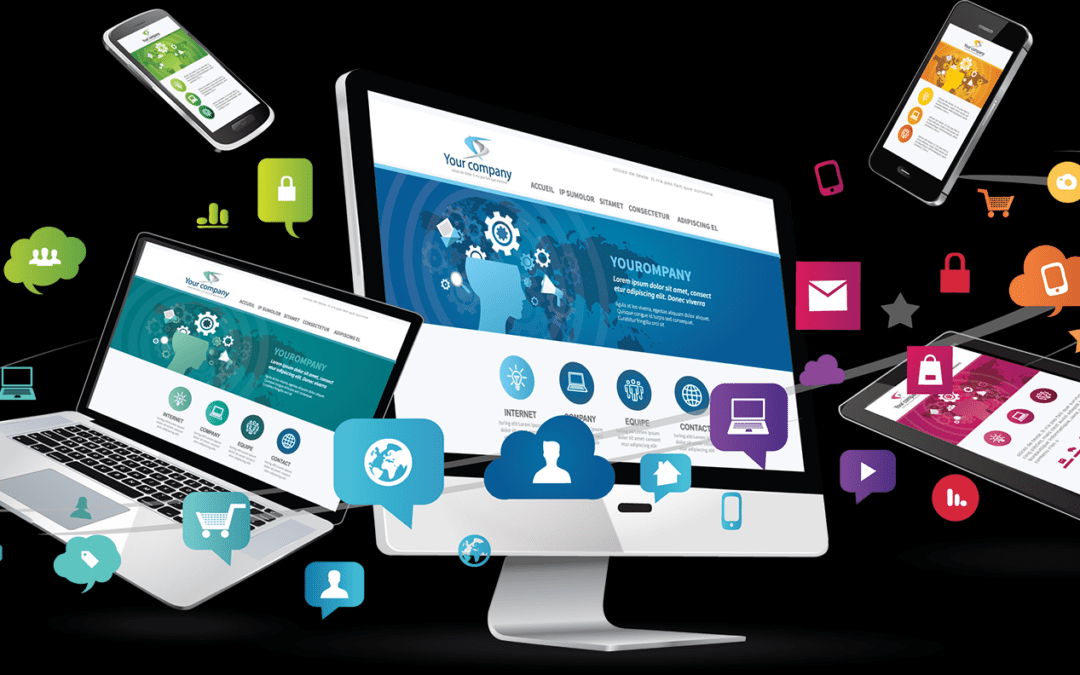IT asset management (or ITAM) is the overseeing of a company’s IT-related equipment, software, and licenses so that they are identified, inventoried, kept track of, distributed, and monitored for upgrades, renewal, retirement, and/or replacement. IT assets can include hardware (such as laptops, desktops, printers, servers, phones, etc.), software, licenses, warranties, and so on.
ITAM seeks to proactively manage a company’s IT assets to maximize their value, get the most from their finite lifecycles, provide timely information on equipment health and status, and to reduce loss/theft. Activities can include planning, procurement, deployment, maintenance, and ultimately retirement and/or replacement. Proper ITAM can greatly help an organization manage costs, properly equip its staff, and maximize their IT budget.

NOTE: SAM = Software Asset Management / Source: Flexera 2023 State of ITAM Report
Why is IT Asset Management important?
Without a centralized ITAM program in place, a company is left with a collection of valuable tools that are literally floating in the wind. It’s difficult for anyone to know exactly where there IT investment is deployed, what shape it’s in, licenses that need to be renewed, or equipment that is on the verge of failing. The company is left to constantly react to problems instead of proactively managing solutions. It’s almost impossible to keep track of costs or to make informed decisions.
Without ITAM
• The Accounting Department ordered 3 new monitors, but only 2 are being used.
• The field sales team keeps reporting their laptops need service.
• 10 new laptops are purchased and shipped to various locations across the country.
• 2 field salespeople resigned this month. So far only one has returned their assigned laptop.
• The IT department is getting emails that several software licenses have expired.
• 5 desktop computers have been out of warranty for 3 years.
• The sales manager says they need more laptops.
• The purchasing department ordered 5 new mice because the ones they have don’t work.
• The guy who was keeping track of laptops with spreadsheets left the company.
ITAM can bring order to this chaos and keep things operating smoothly and cost-effectively.
What benefits does good ITAM bring?
Improve visibility into your IT assets: Get a clear picture of what IT assets you have, where they are located, and who is using them. This information can be used to make better decisions about hardware and software investments.
Reduce IT costs: Identify and acquire the right equipment for your needs at the most cost-effective prices. Identify and eliminate unused or underutilized IT assets. Eliminate unnecessary purchases. This can lead to significant savings on IT expenditures.
Improve IT compliance: Ensure that your hardware and licenses are in compliance with all relevant IT regulations. Increased control also enforces compliance with security and legal policies and reduces risks. This can help to protect from fines and penalties.
Improve IT security: ITAM Protect against, identify, and mitigate IT security risks.
Improve employee support: Deploy and recover assets in a timely and efficient manner. Help your off-site, at-home, and field staff do the job you hired them to do.
Allows you to leverage asset management software tools: Identifying hardware, software, license, and warranty lifecycles can be extremely daunting. ITAM software tools reduce time, reduce labor, and allow you to get accurate, timely information on an on-going basis.

Source: Flexera 2023 State of ITAM Report
When it comes to IT Asset Management, every organization is unique. Some just need to keep track of the laptops their field staff are using. Some have a more complex need to monitor software licenses to keep them current. Others may be having problems with lost or missing equipment. A well-designed ITAM program can help address issues such as these and more no matter the needs of your individual organization.
For more information on asset management programs for your company, contact wedoit.co

